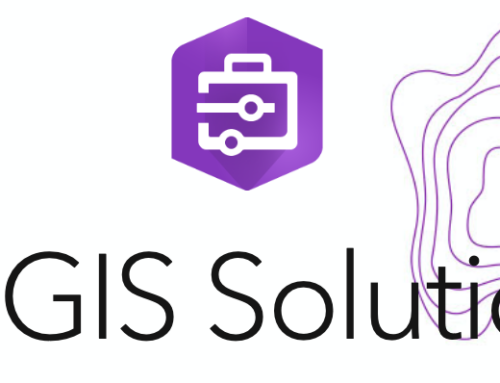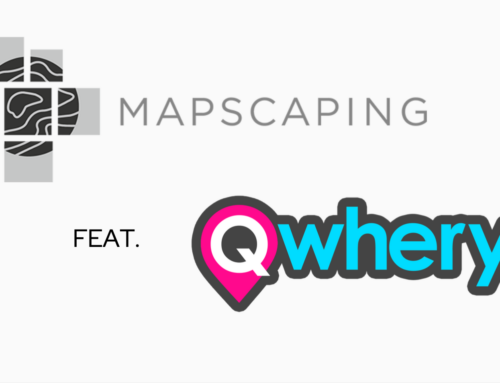When it comes to municipal services, citizens either benefit from them or bear the brunt of their effects, and in turn, ultimately determine the extent of policy success. As a result, community engagement by local government has incredible potential to help craft effective city initiatives—so how can municipalities leverage technology for greater community engagement and constructive dialogue with residents?
What is Community Engagement?
Community engagement is a multi-step process which begins with decision-making itself. Traditionally, government decisions are made from executive third-party perspectives which can fail to embody community sentiments. When people are given channels of direct
communication with their cities, they’re empowered to bring truly important issues to light from positions of personal experience. The more accessible these channels, the more diverse these voices can be, ensuring the service of as many community groups as possible.
Still, effective community engagement doesn’t stop with the centralization of initiatives in local government. Municipal policy is subject to ongoing cycles of implementation, feedback, and revision, and ideally, channels of communication should remain open to receive appropriate resident input. This is a mutual exchange: cities must inform residents of initiatives, services, and policy changes in the first place for any of these interactions to happen. Also, government transparency itself fosters citizen trust, which helps maintain sustainable initiatives with community support behind them.
Overall, when cities engage communities, the resources offered to residents are better tailored to their needs and more visible to those who need them.
How Can Community Engagement be Improved?
To improve community engagement, cities should ensure that not only is information provided to those who need it, but it’s also accessible when and where it’s needed, drawing upon user-specific data to provide personalized experiences for each resident. Voice technology and location intelligence can help achieve this, and the intersection of these two exciting fields of technology is where Qwhery Cloud operates.
Voice is intuitive, and verbal communication is often the quickest way to ask questions. With the rising prevalence of voice assistants in portable and smart home devices, voice searches are now commonplace, and they provide individuals with timely, relevant information upon command.
As for location intelligence, its potential for engagement stems from the fact that many municipal services are tied to specific places. From polling stations to recreational programs, the information relevant to different areas of a city varies. Also, modern smart devices possess the ability to provide accurate user location, sparing people from having to provide their own location upon each new request—thus making for a more seamless, natural query experience.
Open data is great for transparency, but it usually isn’t organized for immediate interpretation. However, once it’s associated with a spatial location and linked to voice commands in smart devices—as enabled by Qwhery Cloud—residents can easily obtain and transmit information relevant to their personal surroundings. This enables meaningful interactions between local government and the community.
What is Qwhery Cloud?
Qwhery Cloud is a platform which allows municipal administrators to connect a city’s open data directly to Q11, Qwhery’s voice skill. Simply copy your city’s published REST endpoints for the data you’d like to make available, such as zoning bylaw maps or waste collection information, and paste them into their respective data feeds on Qwhery Cloud. Municipalities can also create their own custom feeds for greater flexibility. When residents ask Q11 for information, it will retrieve data from the corresponding REST endpoint and respond accordingly.
Additionally, Qwhery Cloud lets admins monitor the activity of the Q11 skill within a city, displaying data such as the frequency of various requests. This enables cities to gain insight into resident use patterns and identify areas of need. A support forum and resources on publishing data for Q11 are also accessible through the platform.
Q11 and Qwhery Cloud are all about reliable communication. They create efficiency and convenience, allowing citizens to avoid wading through complex municipal web portals for simple answers. They leverage the powerful capabilities of open data, voice technology, and location intelligence to connect people to city services, thus keeping communities engaged through knowledge and participation. More features are coming soon which will grant citizens the ability to report issues such as potholes, parking complaints, and others.
To learn more or to register your city for Qwhery Cloud, check out the resources on the Qwhery website, get in touch with us via hello@qwhery.com, or connect with us on Twitter and LinkedIn.
Written by Anna Xing, on behalf of Qwhery.







